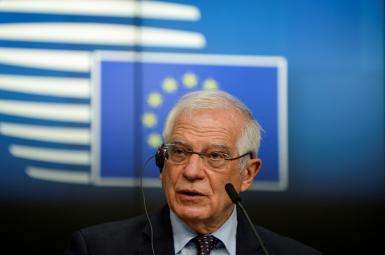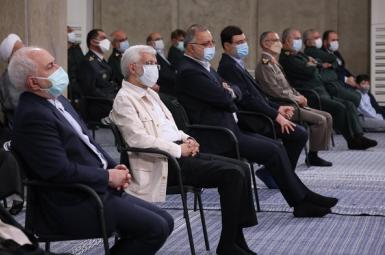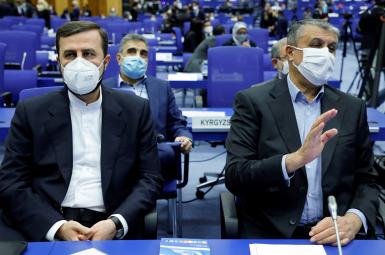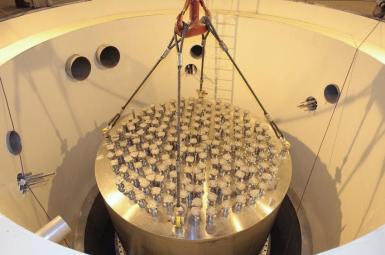
Iran Tells UN Nuclear Agency It Will Install More Advanced Centrifuges
Iran has informed the United Nations nuclear agency it intends to extend its nuclear program further outside the limits of its 2015 deal with world powers. In a letter dated December 2 to the International Atomic Energy Agency (IAEA), Tehran said it would install hundreds more advanced uranium-enrichment centrifuges at the underground plant at Natanz.
Iran’s controversial nuclear program presumably figured near the top of the first ‘transition’ intelligence briefing Joe Biden received, on Monday, some seven weeks ahead of his taking office on January 20.
Biden has said he wants to revive the 2015 nuclear deal, which President Donald Trump abandoned in 2018 before introducing draconian sanctions against Iran. Since 2019, Iran has expanded its atomic program beyond limits set by the deal, including increasing its enriched-uranium stocks and using IR-2 centrifuges, which are more advanced than the IR-1 centrifuges allowed under the deal, the Joint Comprehensive Plan of Action (JCPOA).
Iranian President Hassan Rouhani has sketched out a fairly straightforward return to the JCPOA where Tehran again accepts the nuclear limits and Washington eases sanctions as the deal required.
Both Rouhani and Biden face political pressures. In Iran, feelings have been running high since the November 27 assassination of nuclear scientist Mohsen Fakhrizadeh, and parliament has passed legislation envisaging reduced cooperation with IAEA inspectors. Biden, meanwhile, is being urged by Israel, Saudi Arabia and many in the US not to give up any sanctions without Iran making concessions over its missile program or its relations with regional allies and proxies.
Iran’s plan to install more IR-2 centrifuges – its December 2 letter was revealed in a leaked IAEA report – is sensitive because their use would further reduce Iran’s so-called ‘break out’ time. This is the period needed to construct a nuclear device, and calculated by the size of enriched-uranium stock, the level to which the uranium is enriched, and the kind of centrifuges available.
The JCPOA – which restricted Iran to only 6,100 less-advanced IR-1 centrifuges – was designed to restrict Iran’s ‘break out’ to a year, so giving time for world powers to take diplomatic or other responses.
In expanding the nuclear program beyond JCPOA limits, Iran has increased the level of enrichment from 3.67 to 4.45 percent, expanded its uranium stockpile to 12 times the 202.8 kg allowed by the deal, and begun to use a cascade of 174 IR-2 centrifuges. The recent IAEA report said Iran now intended to install three more cascades of IR-2 centrifuges.
Iran still has far less than the eight tonnes of enriched uranium it held before the JCPOA, and it has not since 2015 enriched uranium above 4.5 percent since then. Before the JCPOA, Iran enriched to 20 percent, closer to the 90 precent deemed ‘weapons grade.’





